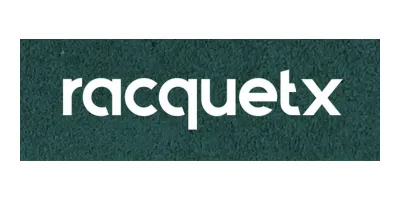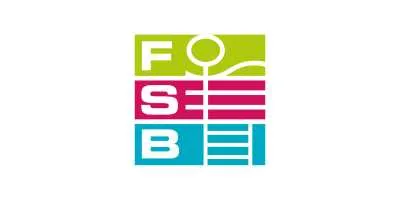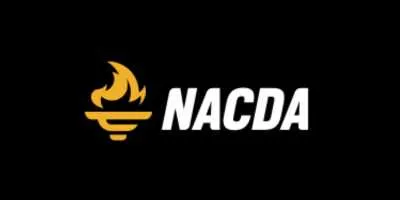Home » Sports Domes » Grants and Funding Opportunities for Indoor Sports Facilities and Sports Air Domes

Do you have a sports facility project that needs funding? The world of grants and government assistance can seem overwhelming, and it is hard to know which grants and organisations are suitable for your project. Funding is given on the federal or non-federal level, including State and local. Grants can be accessed privately or publicly. There are many options when searching for funding sources dependent on various factors.
In this article we will present some funding opportunities that are available for schools, colleges, communities and private businesses.
Grants for Indoor Sports Facilities and Sports Domes
Schools and municipalities
Schools and municipalities can approach established sporting entities such as the Baseball Tomorrow Fund or The United States Tennis Association (USTA). Another option is to reach out to funding programs such as The National Recreation and Park Association (NRPA) or The Community Development Block Grant (CDBG) Entitlement Program.
The CDBG provides all the necessary details online regarding eligibility and how to submit a grant proposal. Application for a grant is done by creating a sound consolidation plan, especially if you are from an entitled demographic area, as grants are often but not exclusively awarded to low to middle-income institutions. Your plan must then be presented to your local government official or CDBG contact. The CDBG have created an e-con planning suite which addresses how to approach your plan.
Funding from the CDBG is allocated by the US Department of Housing and Urban Development (HUD). Application is done state by state and participation requirements and dates may differ so it’s best to view the allocation process here and view state contacts here. To find out more you can visit your local government official or contact the HUD field office.
Community Officials and municipalities can also approach the federal government; however, it is worth noting state and local funding occupies the lion’s share of sports facility funding. Information on federal funds is available from organisations like youth.gov or grant watch. Sports authorities such as the Oregon Sports Authority provide grants for schools on the state level.
For private businesses and sports clubs
During the R&D phase, private businesses looking to build a sports facility should endeavour to work in tandem with the local municipality. The municipality can apply for a development grant to cover for some of the construction costs and in return the private business agrees to give access to the local residents to use the brand new indoor sports facility. After all, it is in the interest of the local government to provide a health option for the community. Every municipality has a contact who will be open to discussing a solid business plan.
Contacting your local municipality may also take out a lot of the red tape, as municipality workers are experienced in dealing with state and federal governments. Additionally, it is not uncommon that the government will require local input from the community and municipality regarding your sports project.
Therefore, to get the ball rolling, the best option is to contact your local councillor/ municipality officer to discuss your project and business plan. The departments of parks and recreation or community development are good places to start.

Energy-Saving Grants and Incentives
An integrated, efficient lighting system carries some financial burden, so it is essential to include a lighting plan at the beginning of your technical plan. There are ways to offset such expenses or gain funding for the lighting of the sports facility.
Buying the lighting equipment outright might pay dividends in the long term as no financial fees or possible interest on payments will need to be considered. However, maintenance and repairs and other operational costs will have to be taken into account. If you do need a long-term financing plan, then a loan or leasing the equipment is always on offer. Like the lease, the Lighting-as-a-Service (LaaS) means you will not own the products; however, you will not be responsible for installation or maintenance.
Go for the green option!
Sustainability is becoming a crucial business metric, and the federal government has tax incentives for buildings that use or upgrade to LED lights. The incentive known as The Section 179D deduction has many moving parts. Still, the general idea is a reduction of $.60 per square foot when a sports facility reduces its energy usage by 25%. Different states also run similar incentive programs, and it is worthwhile viewing the provided links to get more information:
Rebates
On a local level, prescriptive and performance rebates are available. Prescriptive rebates are offered when energy efficiency standards and performance-based refunds are possible if a sports facility reduces their energy expenditure year on year. Finally, grants and funding for LED lighting for schools are of utmost importance as this would free up money to spend on the student’s education and physical well-being.
Other Funding Sources for Indoor Sports Facility Construction
There are a host of other ways to get funding for the construction of a sports facility which includes:
- sponsorship deals (could involve selling naming rights)
- donations from wealthy private donors
- build a solid business plan to get access to bank loans or private investments
- fundraising
- students and families fund the construction project
- crowdfunding

Why Sports Domes Are the Right Choice for Schools, Municipalities and Businesses
A sports dome or bubble is an excellent option for schools, local government or private businesses interested in a leisure facility. These structures are held up by a constant air ventilation system and create the ultimate indoor sporting experience.
10 advantages for using sports domes for schools, municipalities and businesses include
- Relatively inexpensive (compared to permanent structures)
- Allow for natural light
- Different sizes to fit individual projects
- Quick installation of one to three days
- Easy to store
- Comfortable interior
- Easy to add accessories such as LED lights
- Perfect for seasonal use
- Visibility provides unrivalled promotion and sponsorship opportunities
- Highly portable
Get a Cost Estimate for Your Sports Facility Project at an Early Stage
Grants and funding amounts depend on the overall costs of the project. There is some bureaucracy involved, plus factors such as the size of your town or city. However, the effort is worth it as building a Sports Dome or other type of indoor sports facility can only bring positive results for the community involved.
Before you start filling out grant applications, use our sports dome cost calculator to get a solid understanding of your project cost.











